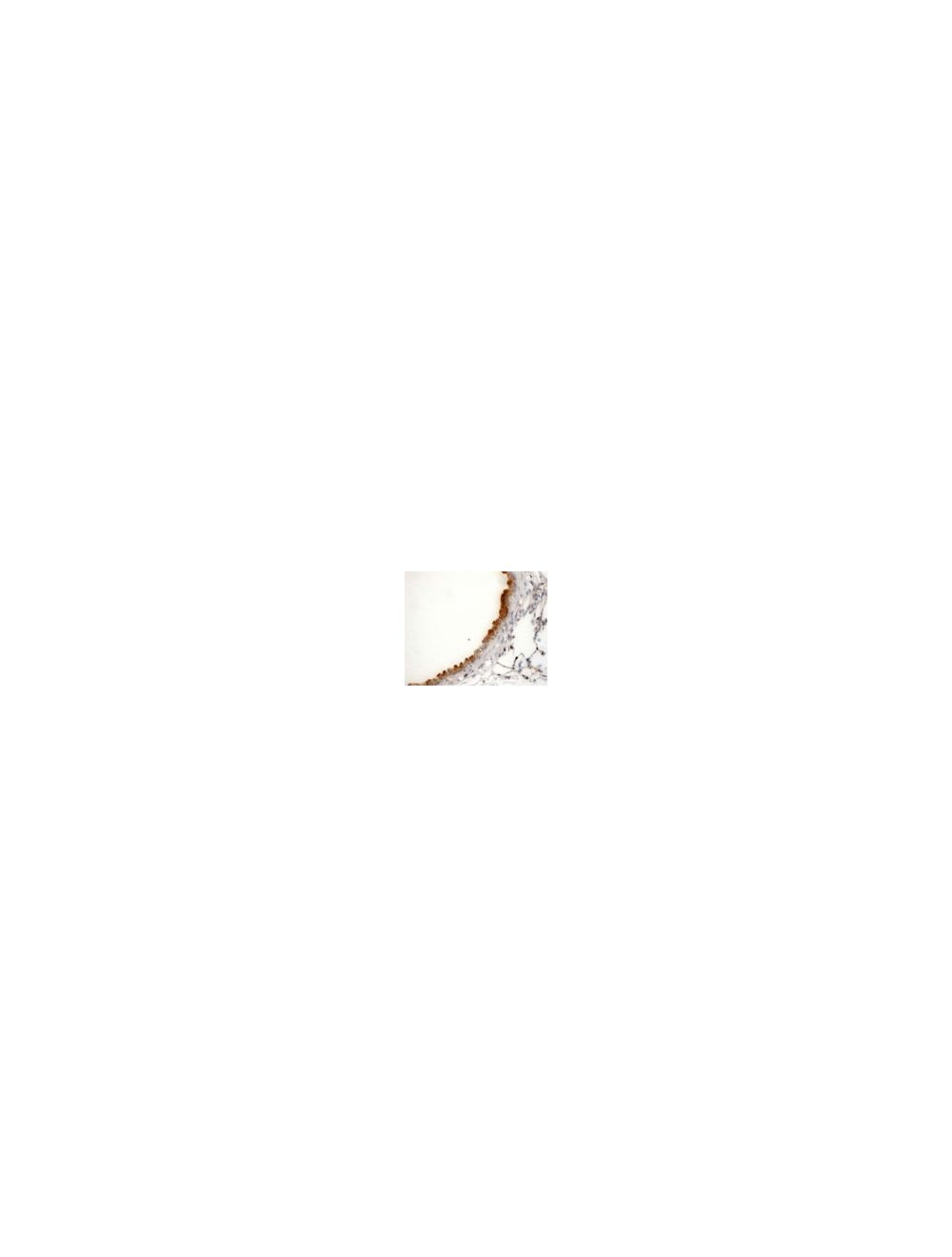Clathrin, Rabbit Polyclonal Antibody
As low as
US$327.00
Only %1 left
Catalog Number
R-165
- Product Name Clathrin, Rabbit Polyclonal Antibody
- Product Description Rabbit anti-Clathrin Polyclonal Antibody (Unconjugated), suitable for WB, IHC-Paraffin-embedded.
- Alternative Names Clathrin heavy chain; Clathrin heavy chain 1; CLH-17; CLTC
- Application(s) IHC-Paraffin-embedded, WB
- Antibody Host Rabbit
- Antibody Type Polyclonal
- Specificity This antibody has been shown to be specific for clathrin. Rat
- Species Reactivity Rat
- Immunogen Description A synthetic peptide (KAGLLQRALEHFTDLYDIKR) corresponding to the amino acids 619-638 of rat clathrin conjugated to diphtheria toxin has been used as the immunogen. The peptide is homologous with the corresponding sequence derived from clathrin protein in mouse, human and bovine.
- Conjugate Unconjugated
- Purity Description Whole serum
- Regulatory Status For research use only.
Product Info
- Product Description Rabbit anti-Clathrin Polyclonal Antibody (Unconjugated), suitable for WB, IHC-Paraffin-embedded.
- Application(s) IHC-Paraffin-embedded, WB
- Application Details IHC, WB. This antibody works in immunohistochemistry on frozen or paraffin embedded tissues. Antigen retrieval has been used in testing but may not be necessary. Typical working dilutions for routine immunohistochemistry are 1: 100 to 1: 4000 depending on tissue and detection method. It is usual to use approximately a 10-fold increase for confocal microscopy i.e. a dilution range of 1: 100 to 1: 400.For western blotting a dilution range of 1: 1000 to 1: 8000 is recommended. Biosensis recommends optimal dilutions/concentrations should be determined by the end user.
- Target Clathrin
- Specificity This antibody has been shown to be specific for clathrin. Rat
- Target Host Species Rat
- Species Reactivity Rat
- Antibody Host Rabbit
- Antibody Type Polyclonal
- Antibody Isotype Mixed
- Conjugate Unconjugated
- Immunogen Description A synthetic peptide (KAGLLQRALEHFTDLYDIKR) corresponding to the amino acids 619-638 of rat clathrin conjugated to diphtheria toxin has been used as the immunogen. The peptide is homologous with the corresponding sequence derived from clathrin protein in mouse, human and bovine.
- Purity Description Whole serum
- Format Lyophilized
- Reconstitution Instructions Spin vial briefly before opening. Reconstitute in 100 µL sterile-filtered, ultrapure water. Centrifuge to remove any insoluble material.
- Storage Instructions After reconstitution keep aliquots at -20°C for a higher stability, and at 2-8°C with an appropriate antibacterial agent.
- Batch Number Please see item label.
- Expiration Date 12 months after date of receipt (unopened vial).
- Alternative Names Clathrin heavy chain; Clathrin heavy chain 1; CLH-17; CLTC
- Uniprot Number P11442
- Uniprot Number/Name P11442 (CLH1_RAT)
- Scientific Background Clathrin is a major protein component of the polyhedral coat of coated pits and vesicles. Two different adapter protein complexes link the clathrin lattice to either the plasma membrane or the trans-Golgi network. These specialised organelles are involved in the intracellular trafficking of receptors and endocytosis of a variety of macromolecules. Clathrin triskelions, composed of 3 heavy chains and 3 light chains, are the basic subunits of the clathrin coat. In the presence of light chains, hub assembly is influenced by both the pH and the concentration of calcium. Clathrin localises to the cytoplasmic face of coated pit and vesicle membranes.
- Shipping Temperature 25°C (ambient)
- UNSPSC CODE 41116161
- Regulatory Status For research use only.
Specifications
-
General References
Kirchhausen T, et al. Proc. Natl. Acad. Sci. U.S.A. 84:8805-8809(1987).
Ter Haar E, et al. Cell 95:563-573(1998).

 1800 605-5127
1800 605-5127 +61 (0)8 8352 7711
+61 (0)8 8352 7711

